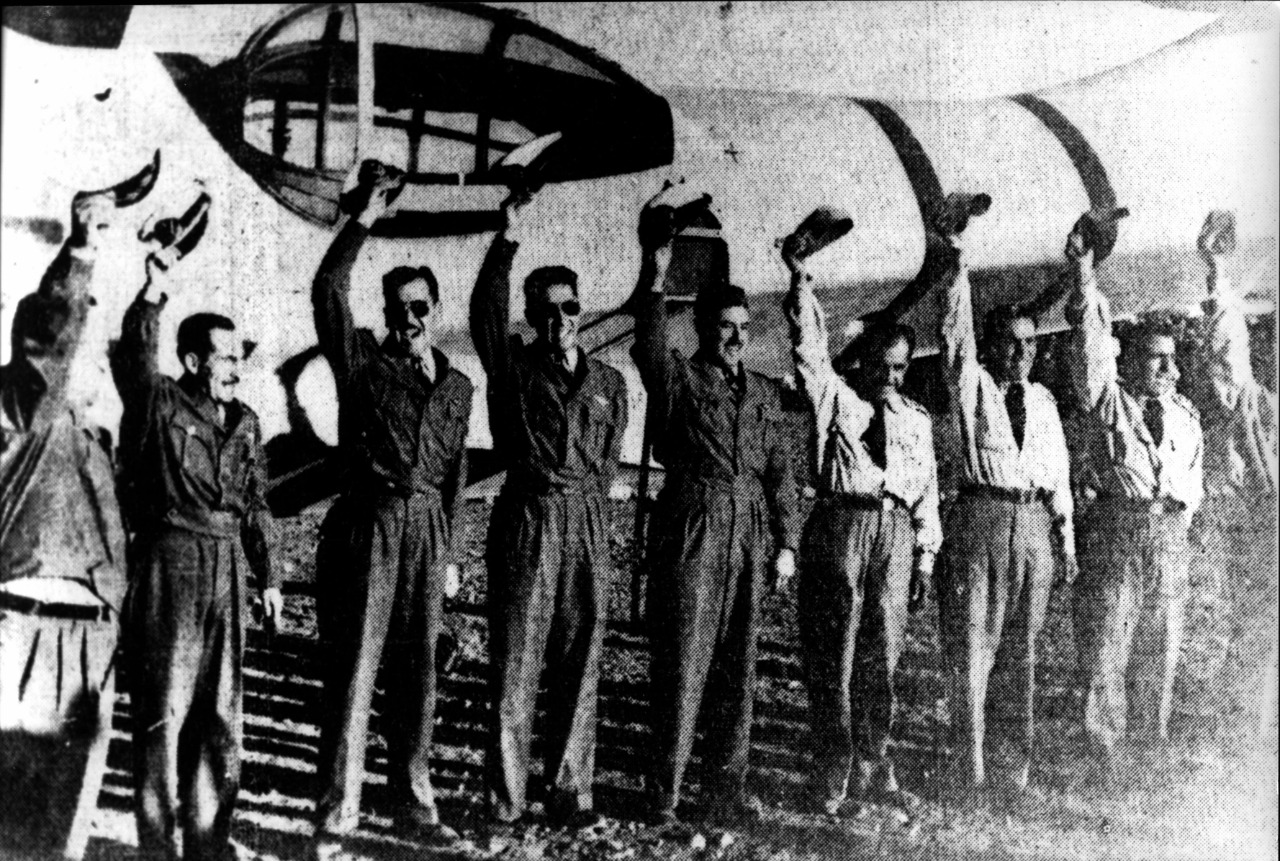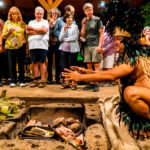French Expedition of 1872

Pierre Loti dibujó y registró en sus cuadernos de guardiamarina sus impresiones, datos de la población y paisajes, logrando llevar a Francia un testimonio real de la cultura Rara Nui.
Pierre Loti drew in his midshipman notebook impressions, population data and landscapes, succeeded in bringing France a real testament of the Rapa Nui Culture


Featured Reports:
Pitcairn, an Unresolved Enigma
Few know that Pitcairn is one of the islands in the world that have been inhabited in past times and then abandoned, leaving archaeological remains in its wake.
Let history remain history
Let history remain historyThe first Europeans who came into contact with Te Pito te Henua were three Dutch ships commanded by Jacob Roggeveen on April 5, 1722, the date of Easter. This originated the name with which this unknown island was baptized that had not been...
The wreck of “El Dorado”
The wreck of “El Dorado”On the morning of Wednesday, June 11, 1913, the small American steam schooner “El Dorado” of the Sanders & Drinkwater shipping company had been sailing along the west coast of America for two months, not realizing that the Humboldt current...












